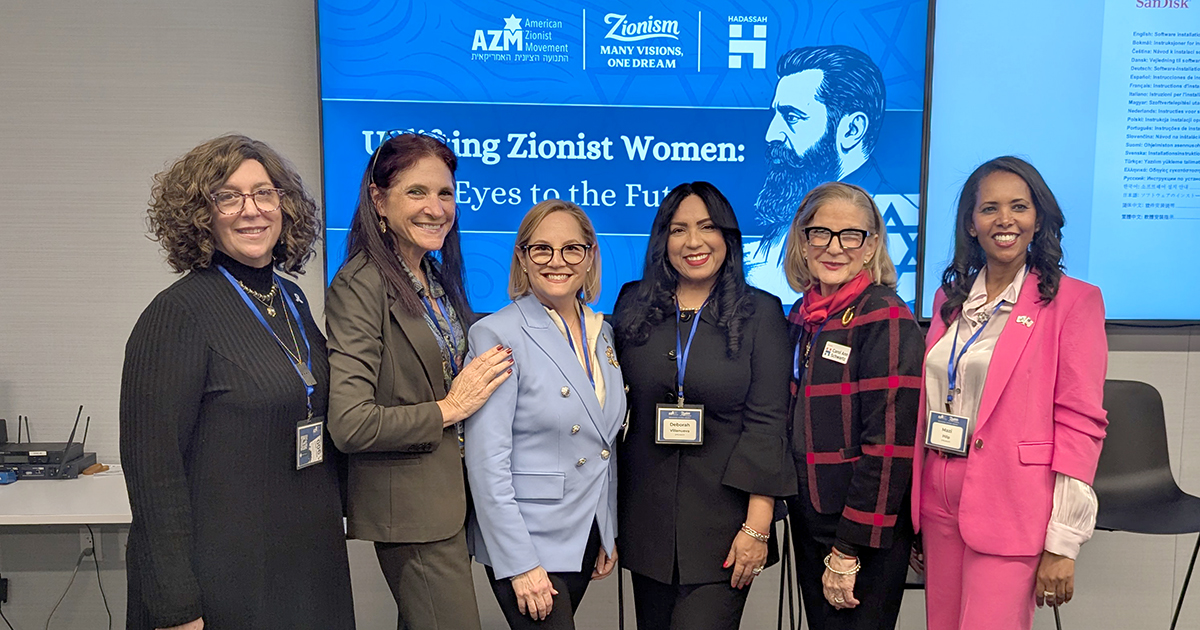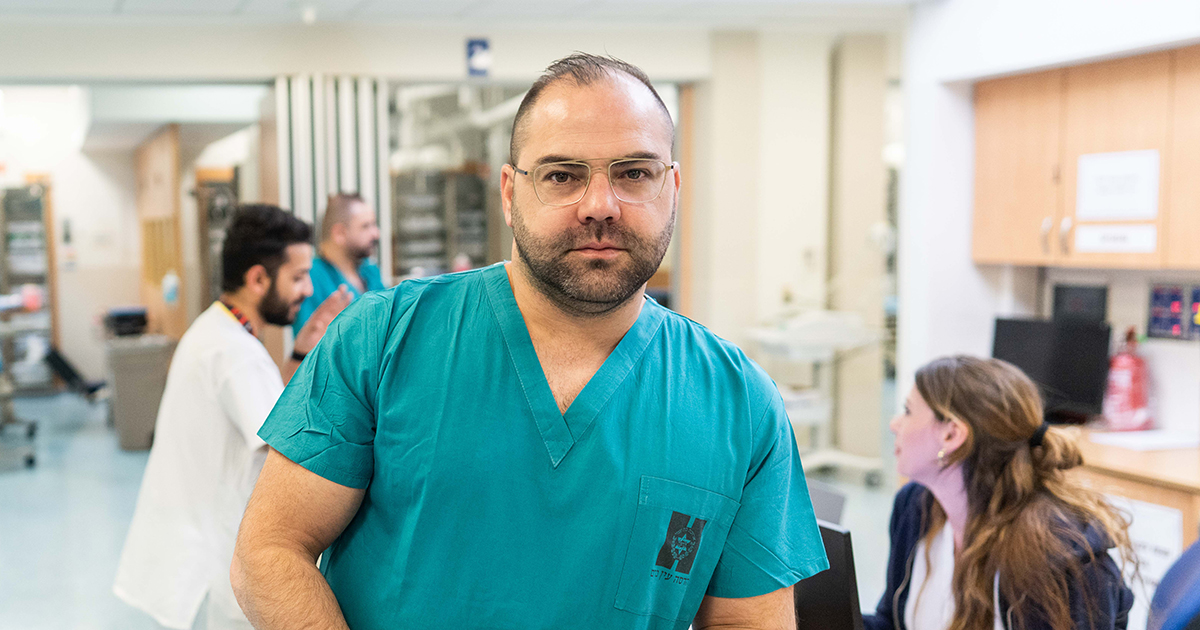Riding since he was seven, Noam Malmud, an accomplished equestrian, had fallen many times before. But now he was 64, and when a car horn caused his steed to buck and rear, throwing him to the ground, he broke his hip and thighbones.
His childhood friend Prof. Iri Liebergall, director of the Hadassah Medical Organization’s Orthopedics Department, fixed the bones. Malmud’s bones mended quickly but he didn’t feel right. He was sluggish and feverish. At first he waved it away. Two months after the accident when he was still feeling ill, his son took him to Hadassah’s Emergency Room.
Now he would be a patient of Prof. Zvi Fridlender, head of one of Hadassah’s renowned Internal Medicine departments. Prof. Fridlender was determined to find the source of the problem. “I like to do things the old-fashioned way,” he said. “All the medical tests couldn’t tell me what was wrong, so I took out my stethoscope.”
Prof. Fridlender heard immediately that something was wrong with Malmud’s heart and sent him for an echocardiogram. Malmud’s bones were fine but a predatory bacterium had attacked his heart valve—and threatened his life. Prof. Fridlender called in a multidisciplinary team of experts from cardiology, internal medicine, and orthopedics. They hypothesized that the unidentified bacterium was somehow a result of Malmud’s horse injury and debated how to proceed. Heart surgery was rejected in favor of intravenous antibiotics.
Malmud was hospitalized in Internal Medicine for 10 days until a peripherally inserted central catheter (PIC line) was implanted. This innovation, developed by an Israeli start-up, enabled Malmud to continuously treat himself with antibiotics for two months, until the bacterium cleared. He can now enjoy life with his wife, his three children, and his grandchild, who live on his ranch in Moshav Nataf, 12 miles from Jerusalem in the Judean Mountains.
“Prof. Fridlender and Hadassah saved my life,” said Malmud. “The staff in Internal Medicine is incredible.”



.svg)






